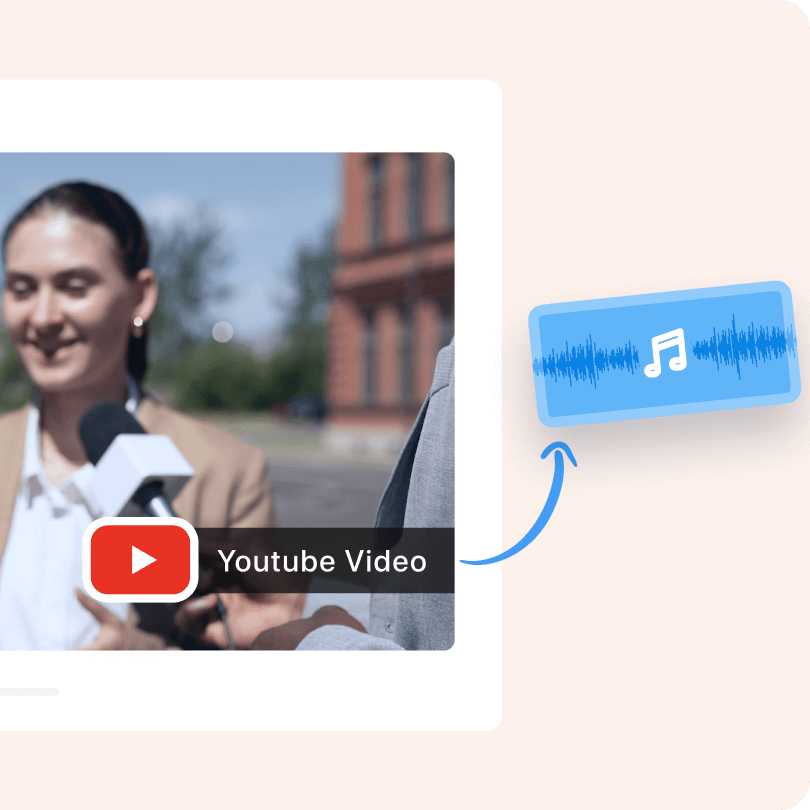In 2024, the process of YouTube video converter to MP3 format is more accessible than ever. YouTube is a rich resource for music, podcasts, instructional videos, and karaoke tracks. However, many users prefer enjoying audio content offline for various reasons: they want to switch off their screens while still enjoying their favorite tunes or knowledge-packed podcasts. Converting YouTube videos to MP3 allows you to extract audio effortlessly. In this article, we’ll explore the state of YouTube video converter to MP3 in 2024 and guide you through seamless methods to get the job done.
Understanding the Need for Conversion
The Popularity of Audio Content
YouTube has evolved into a multi-faceted platform where users search for more than just visual content. With the rise of creators who focus solely on audio experiences—like music mixes, guided meditations, and storytelling—there is an increased demand for audio-only formats. Users find that they can consume content more effectively while on the go, during workouts, or even while doing household chores. To enjoy your favorite content in audio format, converting YouTube videos to MP3 is a practical solution that allows for flexibility and versatility in content consumption.
Benefits of MP3 Format
The MP3 format continues to be a universal audio standard in 2024, valued for its portability and compatibility across various devices. MP3 files reduce file sizes significantly without losing much audio quality, making them perfect for smartphones, tablets, and laptops that often have limited storage capacity. Additionally, the convenience of MP3 lends itself well to playlists, enabling users to curate their favorite tracks or podcasts. Once converted, users can enjoy audio content offline—during commutes, travel, or anywhere they might not have access to the internet.

Choosing the Right Tools
Online Converters
Online converters remain a top choice for many users seeking quick and hassle-free solutions. Websites like YTMP3, Convert2MP3, and MP3FY serve as reliable options in 2024 for converting YouTube videos to MP3. These platforms do not require downloads, making them perfect for casual users. Simply copy the URL from the YouTube video, paste it into the online converter, and follow the prompts to receive your MP3 file.
Most online converters also allow customization, such as selecting audio quality or bitrate options, which can enhance your listening experience. These tools cater to a broad audience, from casual listeners to those who need quick conversions for personal projects.
Dedicated Software Applications
While online converters are convenient, dedicated software applications often offer a range of advanced features that can greatly enhance your conversion experience. Programs like 4K Video Downloader, Freemake Video Converter, and Any Video Converter enable users to take full control of their projects. These applications often support batch downloads, playlist extraction, and provide the ability to customize output settings.
For frequent users, installing dedicated software can save time. Some applications even allow you to schedule downloads, making the process seamless and effortless. Additionally, they often have options for preserving video quality if you wish to convert to video formats later, adding versatility to your media library.
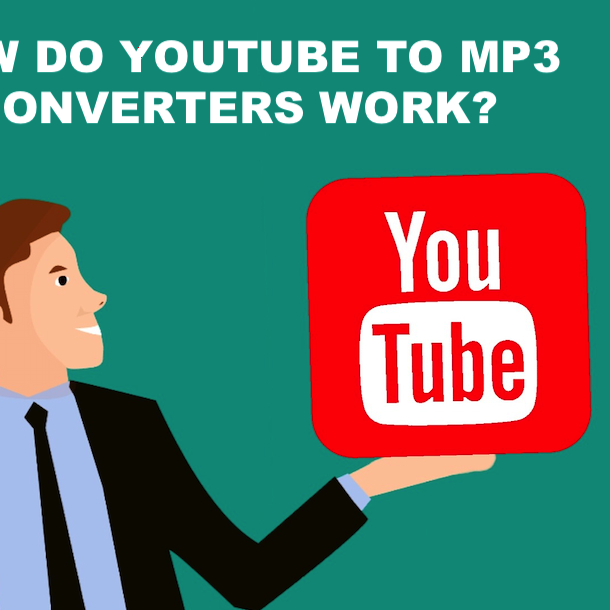
Step-by-Step Guide to Conversion
Using Online Converters
- Find the YouTube Video: Access YouTube and search for the video you wish to convert. Copy the video URL from the top address bar of your browser. Be sure to choose high-quality videos to ensure the best audio outcome.
- Go to the Online Converter: Open a new tab and select a trusted online converter. Security is essential—refrain from using sites with multiple ads or questionable reviews that could lead to malware.
- Paste the URL: Locate the input box on the converter’s homepage and paste the copied URL. Take a moment to review the site’s features, as some may support various options for audio formats or quality levels.
- Select Output Format: Opt for MP3 as your desired format. Some converters will provide options for different bitrates, which can affect the audio quality and file size. A higher bitrate means better sound quality but will also occupy more storage space on your device.
- Start the Conversion: Click the “Convert” button or its equivalent. The tool will process your request, converting the video into audio format. Be prepared for this step to take a few moments, depending on the length of the video and your internet speed.
- Download Your File: Once the conversion is complete, a download link will appear. Click it to save the MP3 file directly to your device. Remember to check your downloads folder or the location you typically save files to ensure you can locate it later.
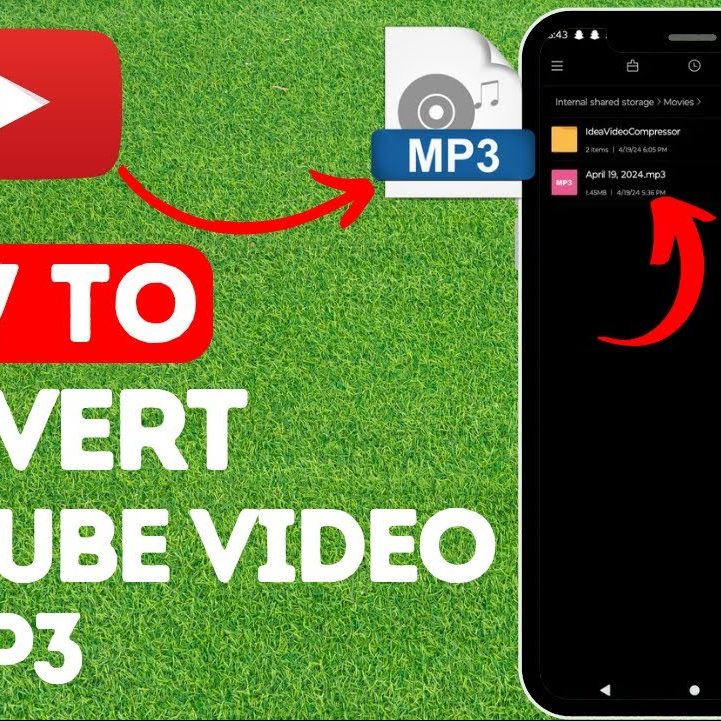
Using Software Applications
- Download and Install the Software: Go to the official site of the software you intend to use and download the installer. Follow the on-screen prompts to complete the installation process securely.
- Launch the Application: After installation, open the software application. Most programs feature an intuitive user interface, making it easy to navigate. Familiarize yourself with the layout to find the features you need.
- Copy the YouTube URL: Go back to YouTube, find your target video, and copy the URL from the address bar. It’s often helpful to select videos that are known for high audio quality.
- Paste the URL into the Software: Within the application, locate the option to add a link or paste the URL. Paste it into the specified field and ensure it’s correct before proceeding.
- Configure Settings: Choose MP3 as the output format. If the software allows it, adjust quality settings according to your preferences. Higher quality settings will yield better audio but will take up more storage space.
- Convert the Video: Click on the “Download” or “Convert” button to initiate the conversion process. The software will handle this for you, and you can often track the status in real-time through a progress bar or notification.
- Locate Your MP3 File: After the conversion completes, the application will usually notify you. Check the corresponding directory, often labeled as “Downloads” or a specific “Media” folder within your system, to find your new MP3 file.
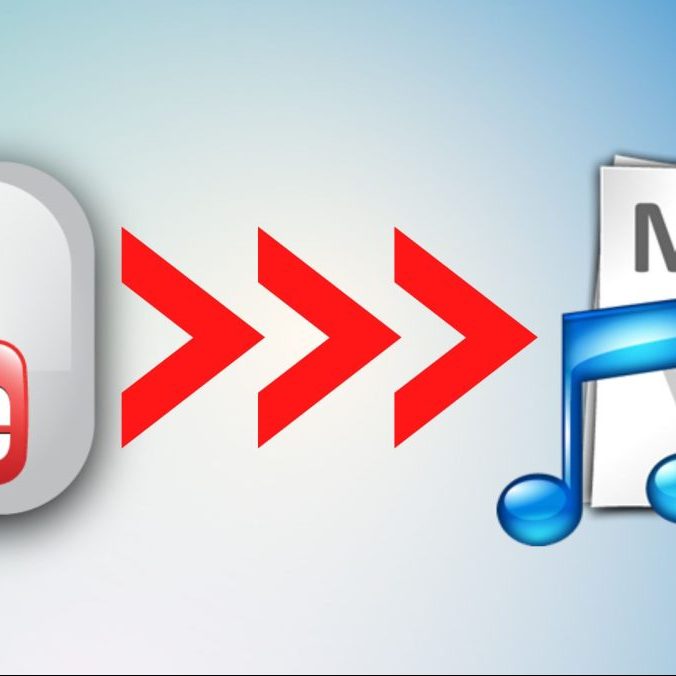
Staying Within Legal Boundaries
Understanding Copyright Regulations
While converting YouTube videos to MP3 is an easy task, it’s essential to navigate copyright laws sensibly. Most videos on YouTube are protected under copyright. Downloading and distributing content without permission may violate these rights. A good practice is to explore “Creative Commons” licensed content or check if the creator permits downloads, often noted in the video description. This adherence ensures that you can enjoy the audio responsibly.
Using Content Responsibly
For educational or personal use, consider downloading videos from channels that encourage the sharing of their content. Many creators upload free lectures or tutorials critical for learning. Always give credit to the original creators if you share their content with others, either through social media or in presentations. The goal is to enjoy your content while respecting the hard work of other creators.
Managing Converted Files
Organizing Your Audio Library
After you successfully convert YouTube videos to MP3, it is crucial to keep your audio files well organized. Consider creating specific folders for different content types like music, podcasts, or audiobooks. You could also create subfolders organized by artist, genre, or series title for easier navigation. By maintaining an organized library, you allow yourself quick access to different files, which proves helpful when you want to listen to something specific.
Using Compatible Media Players
To enjoy your converted MP3 files, make sure you have media players that support this format. Most devices come with built-in software, yet some people may prefer third-party players like VLC Media Player or Winamp that provide extra features. These players often allow for creating playlists, setting equalizer levels, and saving preferred settings for a more tailored listening experience. Regularly updating your media player can also ensure compatibility with new formats or features.
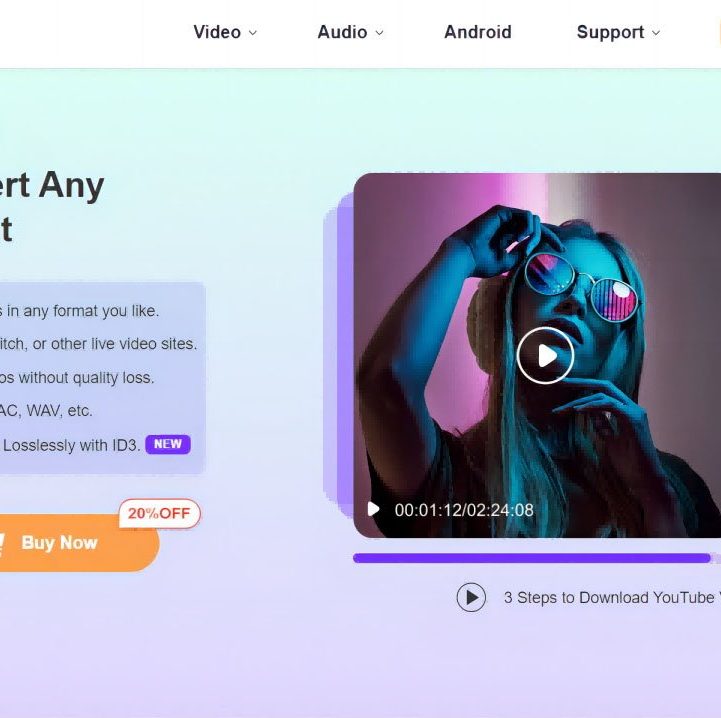
Troubleshooting Common Issues
Slow Conversion Speed
Occasionally, users might face slow conversion speeds that can delay the process. This may often stem from your internet connection. Ensure you have a stable and reliable connection before starting the conversion. If possible, using a wired connection instead of Wi-Fi can provide better speeds. Scheduling conversions during off-peak hours or using services less load can also yield faster results.
Errors During Conversion
If you encounter errors, such as the conversion process halting or a failed download, refreshing the converter page or restarting the application may help. Also, double-check to ensure that the YouTube link is functional and that the video is publicly accessible. If necessary, try another converter or application if the issue persists.
Final Thoughts
YouTube video converter to MP3 format in 2024 is a straightforward task thanks to the plethora of tools and options available. By understanding your preferences and choosing between online converters or dedicated software, you can tailor your approach to suit your needs. Moreover, adhering to copyright regulations while managing your audio library will ensure a responsible and enjoyable experience.
As you explore the convenience of converted audio content, remember to stay organized and utilize your media players effectively. Whether you’re commuting, studying, or simply enjoying leisure time, accessing your favorite audio content offline adds substantial value to your daily life. Embrace the ease and flexibility of converting YouTube content, and enhance your audio experience today. Happy listening!
